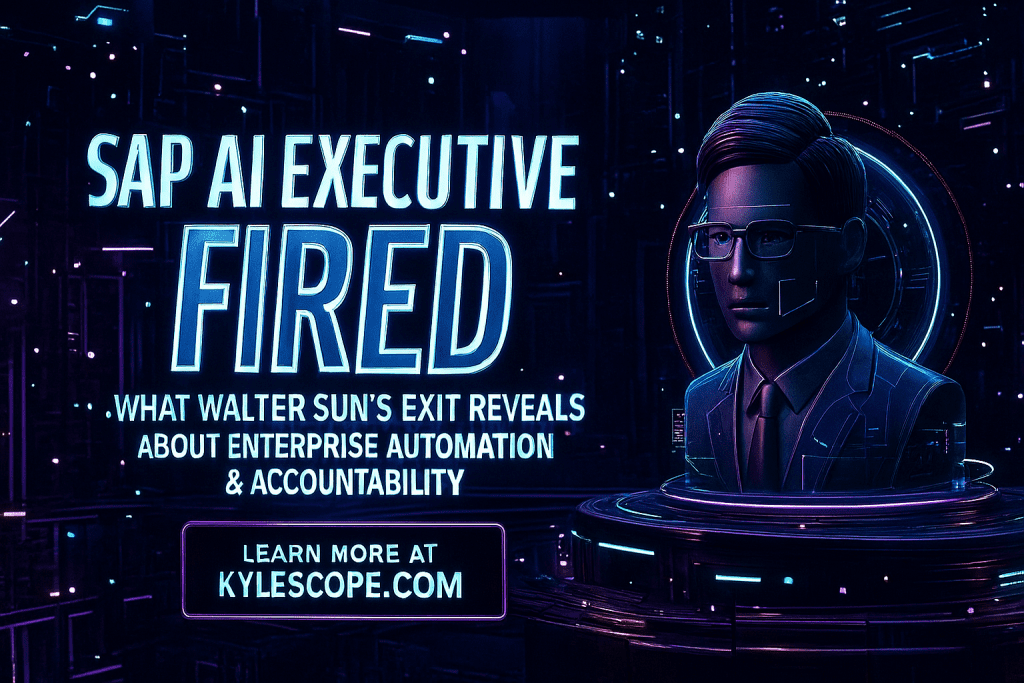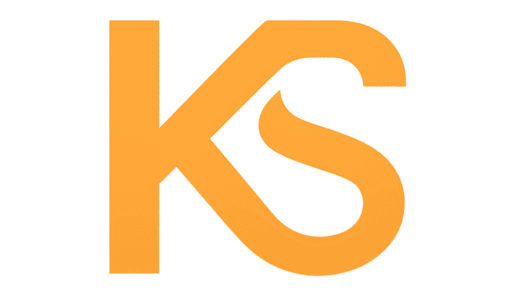
SAP AI Executive Fired: A Wake-Up Call for Enterprise Tech
SAP AI executive fired—those four words have ignited a firestorm of debate across the enterprise tech world. Walter Sun, once hailed as the visionary behind SAP’s AI strategy, was removed from his role following internal concerns about transparency and ethical oversight. This wasn’t just a quiet reshuffling. It was a public reckoning. SAP’s decision to part ways with Sun signals a shift in how companies view AI leadership. It’s no longer enough to be brilliant. You must also be accountable.
Sun’s background was impressive. He spent nearly two decades at Microsoft, where he led SAP’s AI product engineering team with a mandate to unify complex systems under a conversational interface. His work on Joule, SAP’s omnipresent AI assistant, aimed to simplify enterprise workflows across various platforms, including Concur, SuccessFactors, and SAP CX. However, according to Futurism’s report, internal reviews raised concerns about how AI systems were being developed and deployed. The concerns weren’t about performance. They were about principle.
This moment forces every enterprise to ask hard questions. Are your AI systems explainable? Do ethical frameworks govern them? SAP’s shake-up demonstrates that even the most advanced platforms must account for their operations. The firing of Walter Sun is more than a headline. It’s a turning point. And it’s one that startups, automation platforms, and enterprise leaders must learn from.
SAP AI Executive Fired Over Governance Gaps: Why Ethics Matter More Than Ever
The SAP AI executive’s story isn’t just about one man. It’s about the systems he built and the standards they failed to meet. SAP’s internal review reportedly found gaps in transparency and ethical safeguards. That’s a serious charge in today’s AI landscape. As automation becomes more embedded in business operations, governance is no longer optional. It’s essential.
Companies must now build AI systems that are auditable, explainable, and aligned with ethical standards. This means more than avoiding bias. It means creating frameworks that allow stakeholders to understand how decisions are made. SAP’s dismissal of Sun reflects a growing intolerance for opaque systems. If your AI can’t explain itself, it’s not ready for deployment.
Platforms like Kylescope’s AI Automation suite offer a model for responsible design. Their tools prioritize user control, transparency, and modularity. That’s the kind of architecture SAP needs to embrace. Not just powerful, but principled. The future of enterprise AI depends on it.
This shift also changes how AI tools are evaluated. Performance alone no longer guarantees success. Tools must pass ethical and operational scrutiny. SAP’s case shows what happens when governance lags behind innovation. It’s a lesson every tech leader should take to heart.
SAP AI Executive Fired Despite Impressive Credentials: Talent Isn’t Enough
Walter Sun’s résumé reads like a dream. PhD from MIT. Leadership roles at Microsoft. Advisory positions at Georgia Tech. Yet none of that protected him from accountability. SAP AI executive fired—those words remind us that talent alone isn’t enough. Enterprise AI demands alignment. It requires leadership that understands both the technical and ethical dimensions of automation.
Sun’s work on Joule was ambitious. The assistant aimed to unify SAP’s sprawling application ecosystem into a single conversational interface. Booking travel, hiring staff, analyzing customer data—all through one AI. But ambition without oversight can be dangerous. SAP’s internal concerns weren’t about Sun’s vision. They were about how that vision was executed.
This changes the hiring landscape. AI leadership now requires a blend of technical mastery and ethical fluency. Platforms like Kylescope’s AI Content Writer and AI Image Generator demonstrate how this balance can be achieved. These tools offer high performance while maintaining user control and transparency.
SAP’s shake-up also highlights the risks associated with centralized AI leadership. When one executive holds too much sway, blind spots emerge. Distributed leadership and collaborative design reduce this risk. Companies must build AI teams that include ethicists, designers, and domain experts. That’s how you create systems that serve both business goals and human values.
SAP AI Executive Fired: What Startups and Automation Platforms Must Learn
If SAP can stumble, startups must tread even more carefully. The SAP AI executive fired story offers a cautionary tale for every automation platform. The article demonstrates that even well-funded, technically advanced teams can face backlash if they neglect to prioritize ethical design. That’s a lesson every founder and product manager should take seriously.
Startups often prioritize speed and innovation. But neglecting governance can derail even the most promising initiatives. Platforms like Kylescope’s Cold Calling AI and YouTube Automation tools succeed because they combine automation with transparency. Users are aware of what the system is doing and why. That builds confidence. That builds loyalty.
Investors and customers now ask more complex questions. They want to know how data is used, how decisions are made, and how risks are mitigated. Startups that ignore these questions will struggle to scale. Those who embrace them will thrive. Responsible automation is not a constraint. It’s a competitive advantage.
SAP’s internal review focused on transparency gaps. That’s a signal to every automation platform: build explainability into your product from day one. Make it a feature. Tools like Kylescope’s AI Video Editor and Image to Animation AI show how this can be done. They offer intuitive interfaces and clear feedback loops. That’s how you build trust at scale.
SAP AI Executive Fired: The Future of Automation Depends on Trust
SAP AI executive fired—those words will echo across boardrooms for months. Walter Sun’s dismissal wasn’t just a personnel change. It was a strategic reset. SAP recognized that its AI future depends on systems that earn trust, not just deliver results. That’s a message every company should heed.
The path forward requires new design principles. AI systems must be transparent, auditable, and aligned with ethical standards. That’s not just a technical challenge. It’s a cultural one. Companies must invest in training, governance, and cross-functional collaboration to drive effective results. They must build teams that include ethicists, designers, and domain experts.
Platforms like Kylescope’s AI Tools offer a blueprint for this future. Their suite of automation solutions combines performance with principle. From content generation to video editing, each tool prioritizes user control and transparency. That’s the kind of design philosophy SAP and others must adopt.
AI leadership must evolve. Leaders must listen to stakeholders, adapt to feedback, and align with changing standards and expectations. They must recognize that AI is not just a technical domain. It’s a human one. SAP’s shake-up is a warning and an opportunity. It shows what happens when governance lags behind innovation. But it also shows what’s possible when companies take responsibility.
